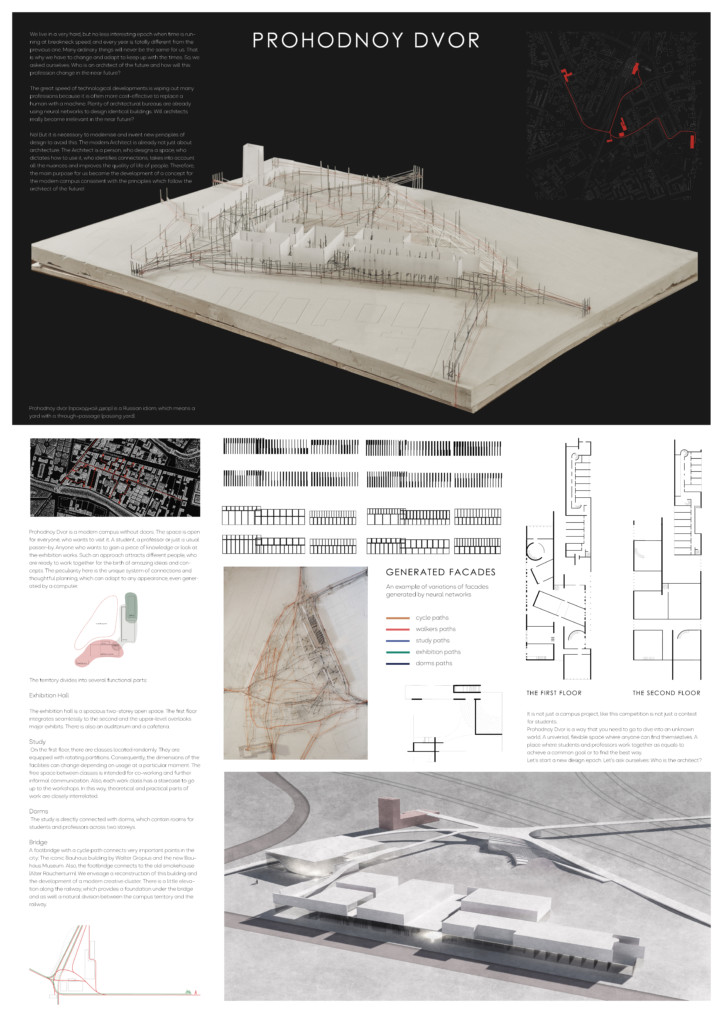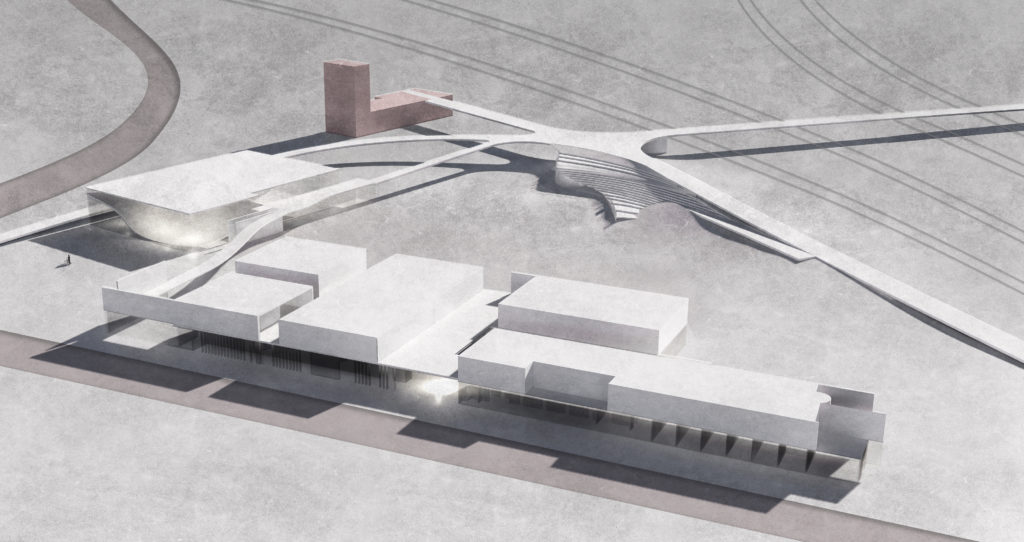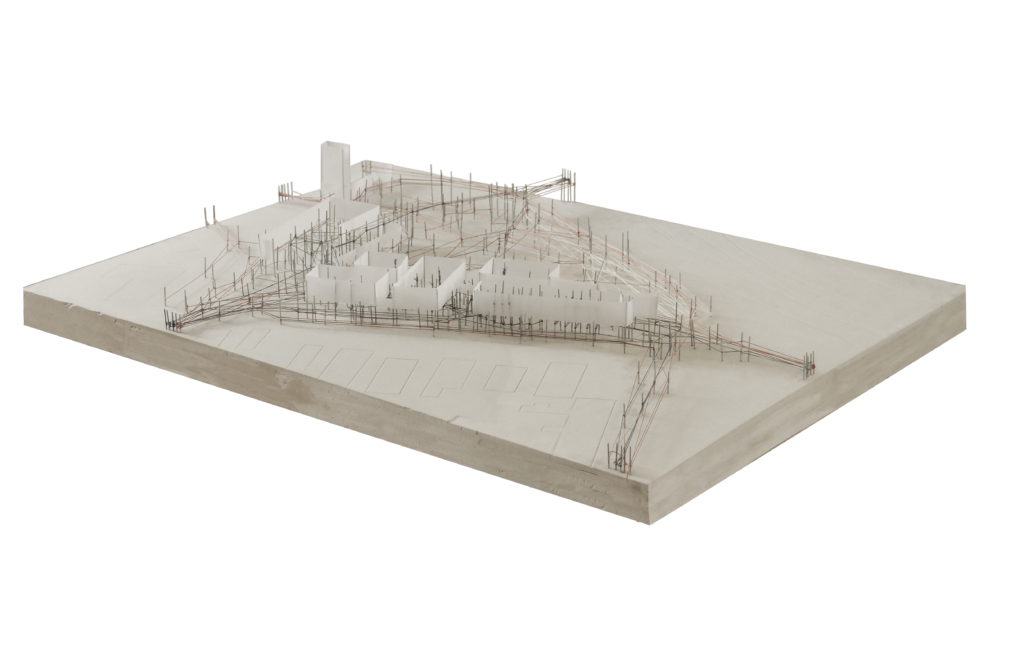We live in a very hard, but no less interesting epoch when time is running at breakneck speed, and every year is totally different from the previous one. Many ordinary things will never be the same for us. That is why we have to change and adapt to keep up with the times. So, we asked ourselves: Who is an architect of the future and how will this profession change in the near future?
The great speed of technological developments is wiping out many professions because it is often more cost-effective to replace a human with a machine. Plenty of architectural bureaus are already using neural networks to design identical buildings. Will architects really become irrelevant in the near future?
No! But it is necessary to modernise and invent new principles of design to avoid this. The modern Architect is already not just about architecture. The Architect is a person, who designs a space, who dictates how to use it, who identifies connections, takes into account all the nuances and improves the quality of life of people. Therefore, the main purpose for us became the development of a concept for the modern campus consistent with the principles which follow the architect of the future!
“PROHODNOY DVOR”
Prohodnoy Dvor (проходной двор) is a Russian idiom, which means a yard with a through-passage (passing yard).
Prohodnoy Dvor is a modern campus without doors. The space is open for everyone, who wants to visit it. A student, a professor or just a usual passer-by. Anyone who wants to gain a piece of knowledge or look at the exhibition works. Such an approach attracts different people, who are ready to work together for the birth of amazing ideas and concepts. The peculiarity here is the unique system of connections and thoughtful planning, which can adapt to any appearance, even generated by a computer.
The territory divides into several functional parts:
- Exhibition Hall.
The exhibition hall is a spacious two-storey open space. The first floor integrates seamlessly to the second and the upper-level overlooks major exhibits. There is also an auditorium and a cafeteria. - Study.
On the first floor, there are classes located randomly. They are equipped with rotating partitions. Consequently, the dimensions of the facilities can change depending on usage at a particular moment. The free space between classes is intended for co-working and further informal communication. Also, each work class has a staircase to go up to the workshops. In this way, theoretical and practical parts of work are closely interrelated. - Dorms.
The study is directly connected with dorms, which contain rooms for students and professors across two storeys. - Bridge.
A footbridge with a cycle path connects very important points in the city: The iconic Bauhaus building by Walter Gropius and the new Bauhaus Museum. Also, the footbridge connects to the old smokehouse (Alter Räucherturm). We envisage a reconstruction of this building and the development of a modern creative cluster. There is a little elevation along the railway, which provides a foundation under the bridge and as well a natural division between the campus territory and the railway.It is not just a campus project, like this competition is not just a contest for students.
Prohodnoy Dvor is a way that you need to go to dive into an unknown world. A universal, flexible space where anyone can find themselves. A place where students and professors work together as equals to achieve a common goal or to find the best way.
Let’s start a new design epoch. Let’s ask ourselves: Who is the architect?




